Reduce waste and improve efficiency in production by implementing computer vision AI
AI for visual inspection
+ Defect detection +
Edge detection +
Machine learning
Manufacturing + Consumer goods
+ Chemical
Traditional Quality Control (QC) methods that rely on manual inspections and rule-based systems can often be inefficient and prone to errors, especially when it comes to detecting irregular shapes and subtle defects. These methods consume a significant amount of time and labor, and can compromise the precision of product quality.
Specifically prevalent in industrial and consumer goods manufacturing sectors, challenges arise in semi-liquid packet production lines, especially with viscous liquid. The current manual inspection process struggles to identify defects like non-standard contours and barely visible issues such as bubbles and foreign inclusions, resulting in high defect rate. Moreover, the dependence on random inspection often forces the disposal of entire batches upon defect discovery, leading to substantial waste and financial losses. Furthermore, rule-based automatic inspection systems fall short when detecting edge defects due to wrinkles, indicating a notable technological gap.
Addressing these critical issues and leveraging expertise in AI and automated inspection technologies revolutionises QC by automating processes and enhancing defect detection capabilities. AI-powered visual inspection minimises waste, boosts efficiency, and significantly improves the accuracy of quality assessments.
Conventional QC methods reveal limitations when detecting irregular defects, especially within pliable, amorphous, semi-solid materials. However, integrating AI computer vision solutions has emerged as a remedy, facilitating the identification of diverse irregularities, inclusions, and defects in challenging environments like liquid, soft, or granular materials, wrinkled surfaces, and so on.
This transformative advancement surpasses the constraints of traditional optical inspection approaches, offering comprehensive defect detection across various material compositions and surfaces, enhancing quality control processes significantly.
Defect detection across various textures and shapes.
Inspection of translucent or semi-transparent objects, viscous liquids, irregular surfaces.
Detection of anomalies and defects such as bubbles, inclusions, tears, dirt, discoloration.
Our solution used a text+image foundation model in conjunction with our proprietary pre- and post-processing, offering superior performance over a more traditional approach.
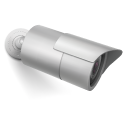
01
Visual data
extraction
02
Video
labeling
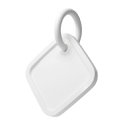

03
Model
creation
04
Bench-
marking


05
Ready for
deployment

01
Camera
integration
02
Pre-
processing
step
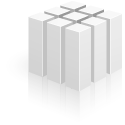
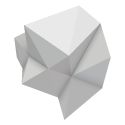
03
Irregular
shape
detection
04
Post
processing
step
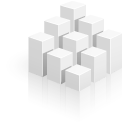
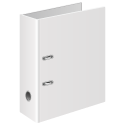
05
Business
Logic
06
Output

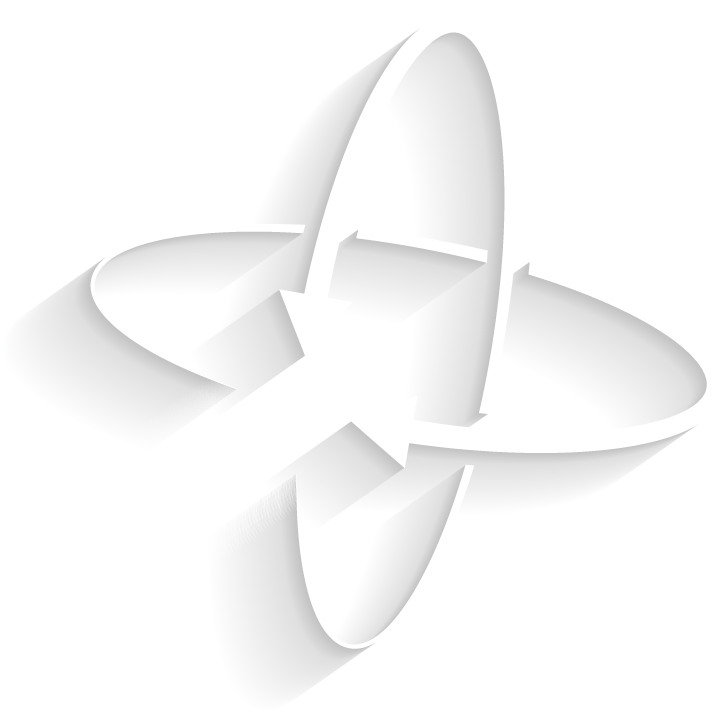
Aicadium View™ for revolutionises irregular defect detection in consumer goods packaging and manufacturing by transcending the limitations of traditional optical inspection methods.
This tailored solution focuses on minimising scrap items and costs by avoiding the unnecessary discard of entire batches due to a single detected defect. It increases the efficiency and consistency of quality inspection processes, shifting from random checks to automatically inspecting each item meticulously. Implementing this sophisticated inspection system ensures higher accuracy in defect detection, significantly reducing both defect and false positives rates, thereby effectively minimising waste and enhancing production efficiency.
Embracing Aicadium’s technology empowers consumer goods manufacturers to improve customer satisfaction by exceeding existing benchmarks and setting a new standard of quality excellence.

60B Orchard Road, #06-18,
The Atrium@Orchard,
Singapore 238891,
888 456-9522
info@aicadium.ai

60B Orchard Road, #06-18,
The Atrium@Orchard,
Singapore 238891,
800 321 1472
info@aicadium.ai
AICADIUM SINGAPORE PTE.LTD. (Reg no: 202034711N)
San Diego | Singapore